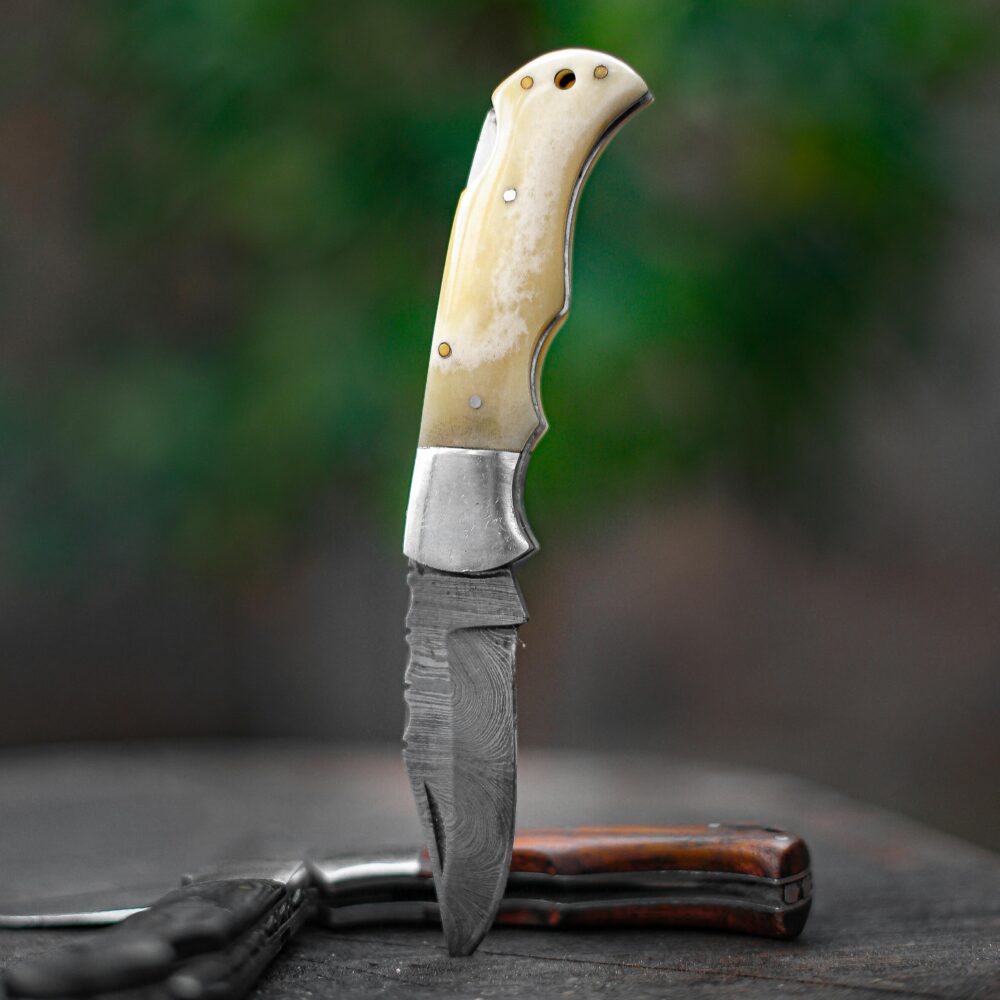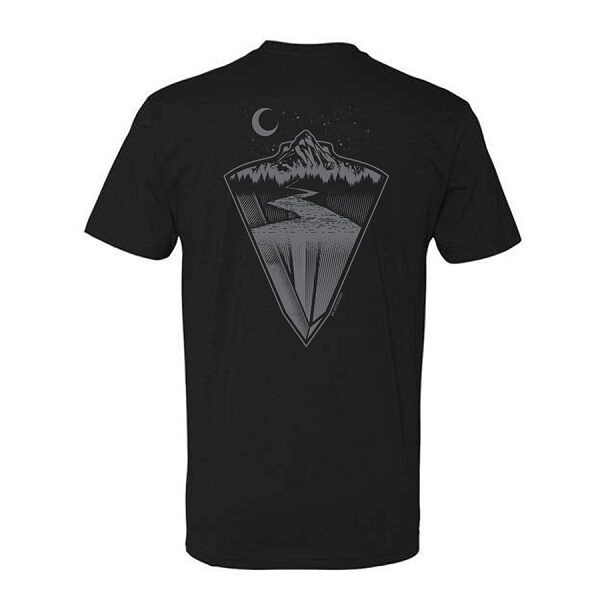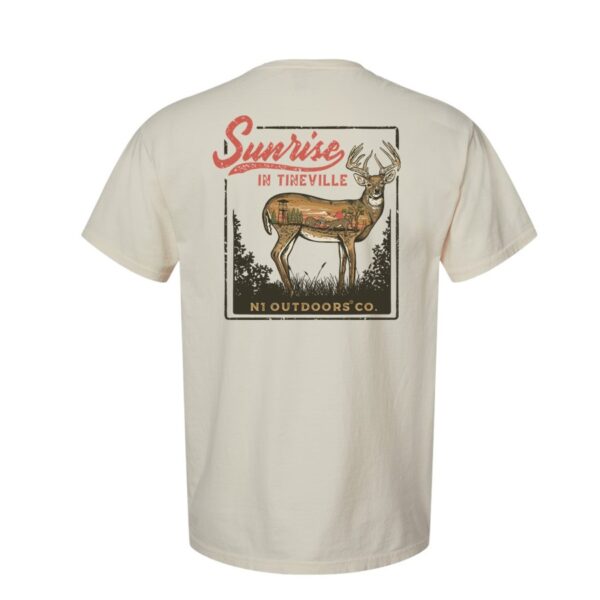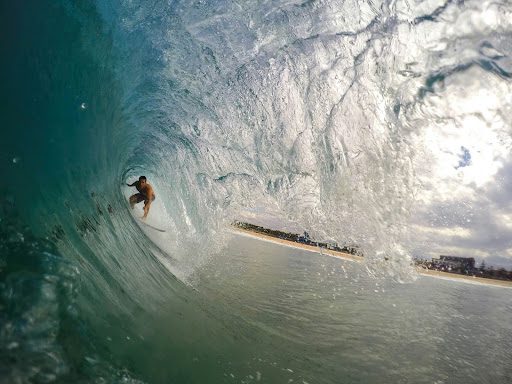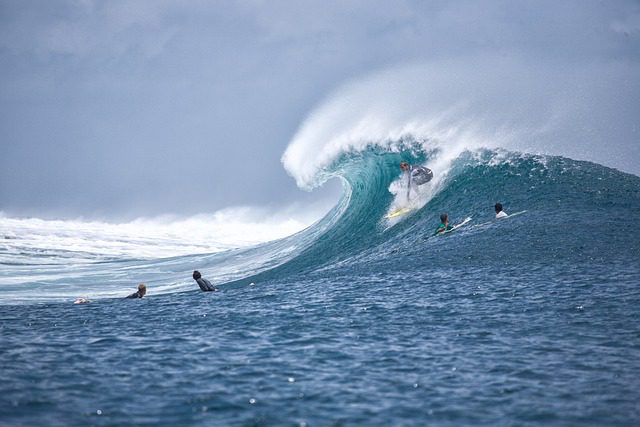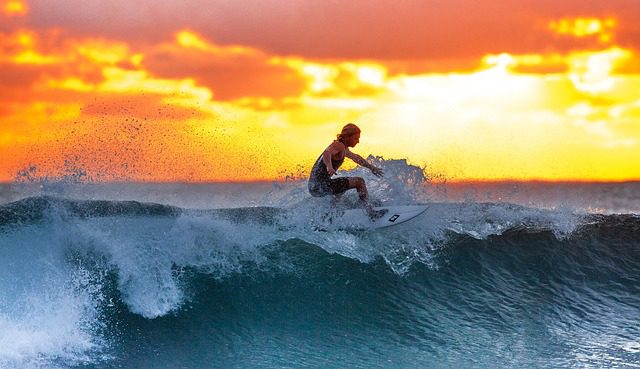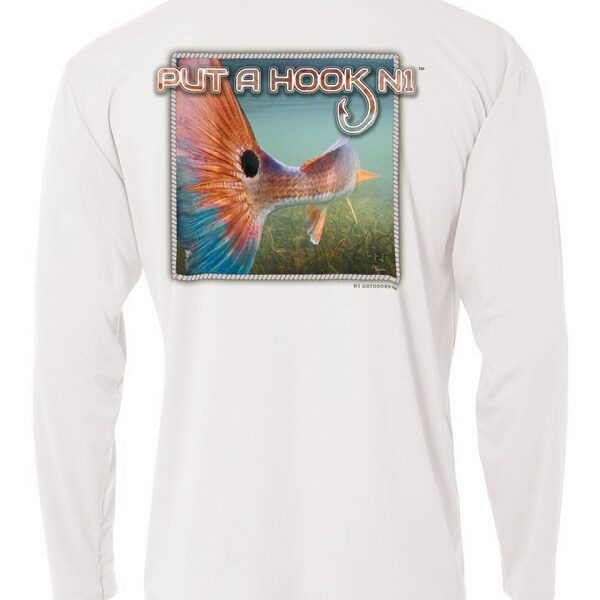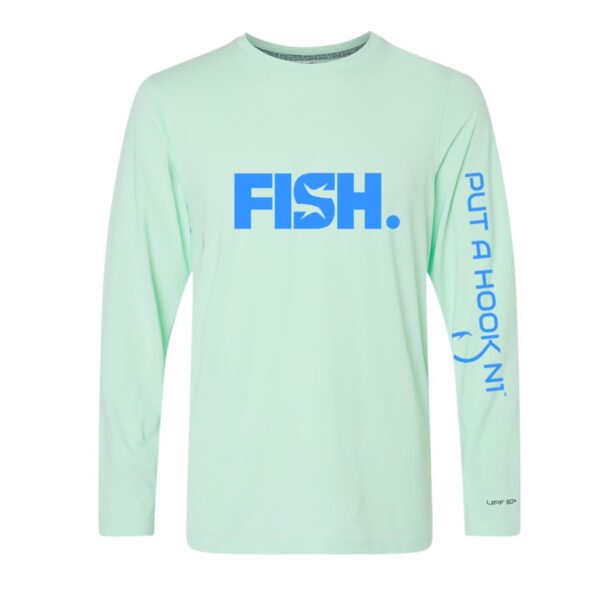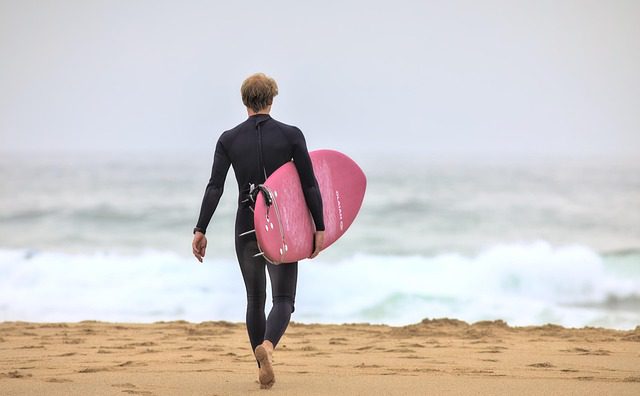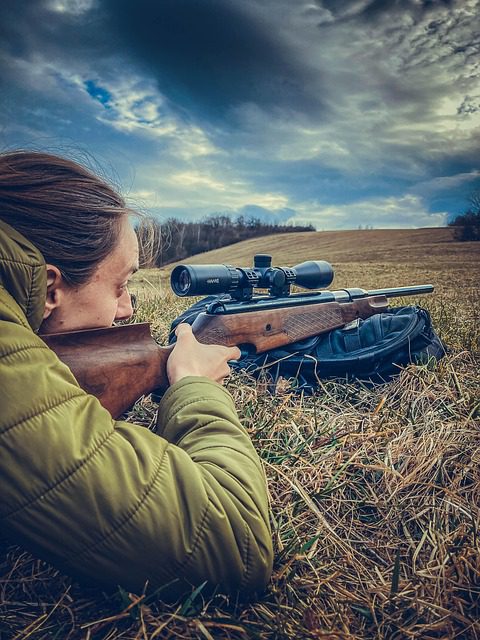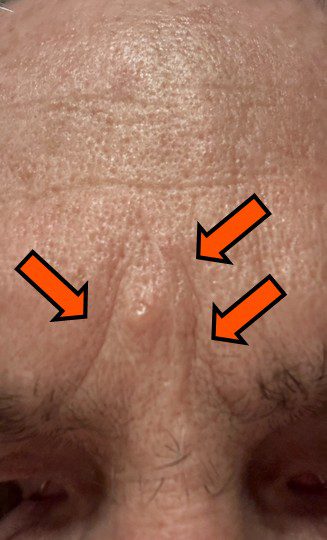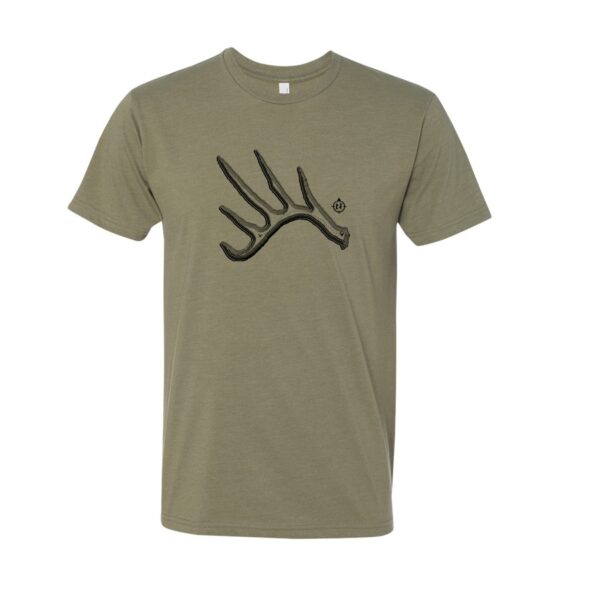The morning fog rolls in, and a bull hangs somewhere in the timber. If your knife pops hair now, the work ahead feels lighter. If it doesn’t… well, you’re about to invent new swear-words. So, let’s keep the edge singing…
What we’ll cover:
- Why Edge Sharpness Matters in the Field
- Understanding Your Knife: Steel, Grind, and Angle
- Essential Tools and Sharpening Setup
- Sharpening Procedure: From Dull to Razor Edge
- Finishing Touches: Honing, Stropping (yeah, some folks say “strapping”), and Edge Testing
- Field Maintenance and Edge Preservation
- Troubleshooting: Chips, Burrs, and Angle Errors
- Frequently Asked Questions (FAQ)
Why Edge Sharpness Matters in the Field
Edge gets dull—even on custom blades. Try separating a deer’s atlas joint with a butter-knife-dull blade.
Tendons fray… patience frays faster.
A clean edge slices, not wedges, so you stay in control and blood on the hide stays where it belongs—off your fingers.
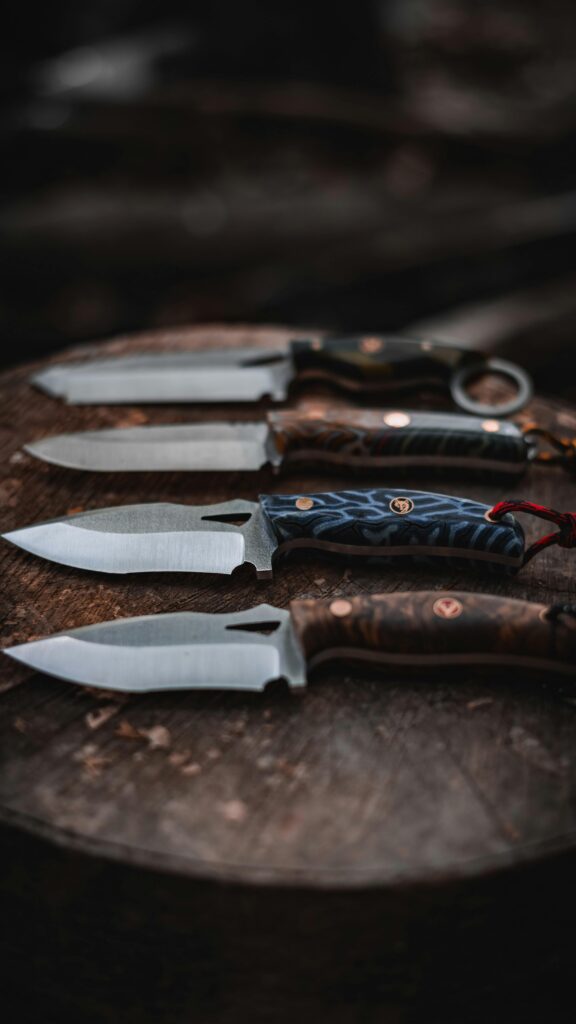
A sharp knife when it matters makes all the difference.
Sharp steel also means fewer strokes, which matters when daylight fades and the meat has to cool before the pack out.
I’ve watched guys baton through bone to compensate for a lazy edge. That’s a cracked tip waiting to happen. Keep it sharp from the start; save the drama for campfire stories.
Understanding Your Knife: Steel, Grind, and Angle
Steel: 1095 holds a toothy bite but oxidizes if you so much as breathe near salt water. D2? Semi-stainless, stubborn to sharpen but stays keen halfway through an elk. CPM S30V? Slick stuff—vanadium carbides ride the edge like skateboard bearings, so go slow on coarse stones or you’ll skate right past the apex.
Grind: Hollow grinds whisper through hide; full flat likes to wedge in hardwood but splits pelvis clean. Sabre gives spine strength when prying joints. Know which you have—grind controls how the edge thins out toward the apex.
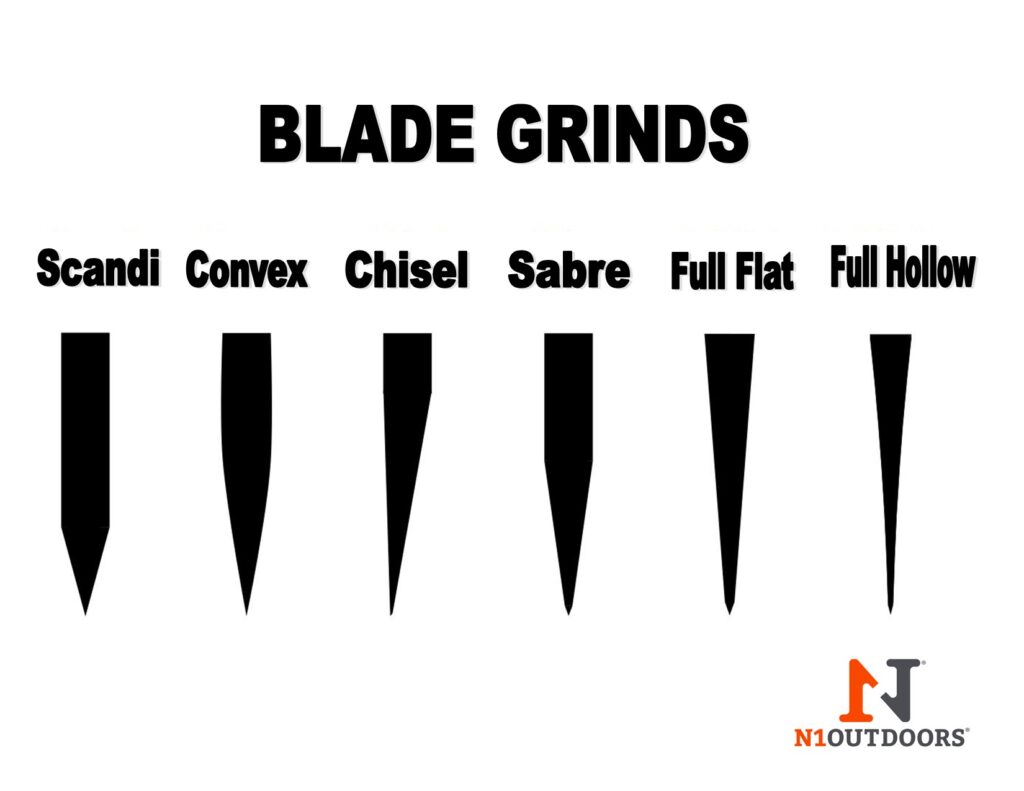
Knowing the grind of your knife and how it affects cut is important.
Angle: Most factory hunting knives sit around 20° per side. I chase 18° on carbons, 22° on tough stainless like 420HC when I expect bone contact. The marker trick tells you the truth: black the bevel, make one light pass, see where the ink’s gone. That’s your real angle, not the catalog’s promise.
Hunting Tees You’ll Love From N1 Outdoors
-
“Edge of the Outdoors™” Tee featuring Tuffhead Evolution Broadhead (Various)
$24.99 – $28.99 -
N1 Outdoors® Sunrise In Tineville™ Tee
$28.99 – $32.99 -
N1 Outdoors® Tine Lines™ Elk Antler Tee
$26.99 – $29.99
Essential Tools and Sharpening Setup
- Coffee stained 1000/6000 water stone is good middle road.
- 320 grit diamond plate for the “oh man I hit a rock” days.
- Leather strop glued to maple, with green chromium oxide compound rubbed in like linseed oil on a gun stock.
- Fine ceramic rod that rides in the pack; weighs less than a granola bar.
- Black Sharpie, shop towel, headlamp, and something to catch water—an old baking tray works.

Clamp guides are fine if you’re new to sharpening, but I’d rather free-hand on a stone. Muscles remember faster than gadgets.
Sharpening Procedure: From Dull to Razor Edge
1. Fix the flats. Start coarse—320 diamond or 600 if the edge isn’t wrecked. Lay steel down like you’re slicing a tomato-thin slice off the stone. Push away, raise a hair until marker disappears spine-to-edge. Repeat until a wire-thin burr shows the full length.
2. Flip and match. Burr tells you apex reached. Roll it over; chase the same burr to the opposite side. Consistency beats speed. If the knife sounds like sandpaper in stereo, you’re doing fine.
3. Walk up the grits. 1000 smooths, 3000 polishes, 6000 turns reflections into a mirror. Wipe swarf; muddy slurry helps carbides tuck in. Pressure lightens as grit climbs—pretend the blade would bruise if you press too hard.
4. Neutralize the burr. Light edge-leading passes, almost weightless, alternate sides. Feels like shaving peach fuzz off the stone. Finish with two edge-trailing strokes to align grains.
Finishing Touches: Honing, Stropping, and Edge Testing
Run the edge down a ceramic rod at the same angle—two passes each side. On the strop, the spine leads, so draw back like drying a paintbrush. The compound turns black quickly; that’s metal, not dirt.
Edge tests I trust:
- Arm hair float: blade pops hairs without skin scrape.
- Phonebook page push-cut: quiet tsssk sound, no tearing.
- Flashlight glint: shine at the edge; any light reflection = flat spot. Chase it away.
Field Maintenance and Edge Preservation
As previously mentioned, pack a ceramic rod or pocket strop. Ten light licks at lunch keep you from a full re-profile later. In camp, in case you forgot your sharpening stones, you can sharpen the knife up on a coffee mug rim—makeshift ceramic.
Remember, after dressing any game, rinse off any residue and dry on your shirt. If you are carrying any oil, apply a dab of it to the blade.
Troubleshooting: Chips, Burrs, Angle Errors
Micro-chips: Looks like glitter on the edge under a magnifying glass. Drop two grits coarser, apex fresh steel. Steels high in chromium carbides (S30V) chip if you dig into frozen hide; slow down.
Never-ending burr: Likely too much pressure or you’re chasing it in circles. Stop. One light pull on a wood block can snap it off, then strop.
Uneven bevels: You changed angle mid-stroke. Paint the bevel again, correct before polishing or you’ll burn daylight flattening cosmetic mistakes.
How To Sharpen a Hunting Knife [Frequently Asked Questions]
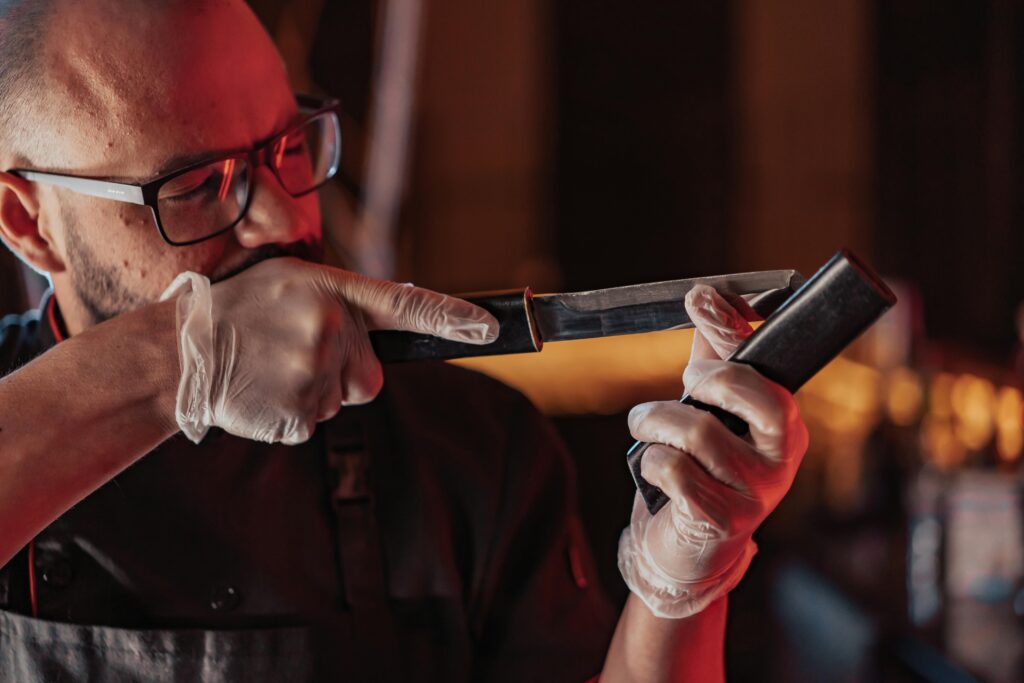
How often should I sharpen my hunting knife?
Touch up after every animal. Do a full sharpening maybe once a season, depending on the steel and how gentle you are on bone.
Can I use pull-through sharpeners?
I’d rather chew tinfoil. Pull-through sharpeners rip steel, set random angles, and don’t remove burrs cleanly.
What grit should my final stone be?
6000 gives a shaving edge. If you prefer tooth for fibrous hide, stop at 1000 then strop.
Is stropping necessary?
For carbons—absolutely. For high-vanadium stainless, it still refines but gains are smaller. I strop anyway; feels wrong not to.
Best field sharpener?
A 6-inch ceramic rod wrapped in paracord. Lightweight, no water needed, survives backpack abuse.
Now, let’s hope that elk comes in…

